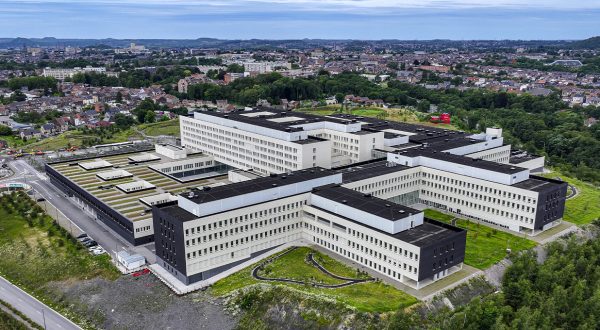The full range of key data required to operate one or several sites and improve their performance can now be displayed on a single screen. And in future it will be possible to do more.
![]()
The facility manager’s dream is to have a single overview of the full range of key data required to operate one or several sites. Now hypervision is making that dream come true. As smart building developments increase the sources of monitoring, surveillance, management, and optimisation data in spaces and structures, there is a need for a single interface to access all systems.
This is the purpose of the hypervisor. Taking a “big data” approach, it broadens the scope of supervision software, delivers a remote overview of the operation of one or several sites, and consolidates multisource data in a single platform.
Because the concept involves control, the term “hypervisor” may be misleading, says David Ernest, Director of Innovation and Energy at VINCI Facilities (VINCI Energies). “Above all, the hypervisor serves to support understanding, management, and coordination. It is configured to facilitate overall smart building performance, activity by activity and application by application – Building Automation Systems (BAS), Building Information Modeling (BIM), Computerised Maintenance Management Systems (CMMS), and Internet of Things (IoT). Operationally, we are not just monitoring the systems but rather optimising the service as we go.”
In a customer-focused approach, the hypervision software offers a single data access point while supporting customised interfaces for each user activity.
Concrete applications
That is the concept. But what are the current concrete applications and benefits? “Effective applications are primarily concentrated on CMMS data and on requests for maintenance work. This is already providing substantial benefits including more precise measurement of the time needed for maintenance call outs and better prediction of future maintenance work. Ultimately, it will lead to an improvement in comfort for end users and savings for building operators,” says David Ernest.
The second stage, which is imminent, will use real-time data to generate alerts. Pilot systems are already reporting and displaying IoT information (temperature, energy consumption, etc.). The third stage of the rocket will carry data relating to technical facilities. It will be used to better manage maintenance and generate feedback that will support better choice of facilities.
Five uses
The VINCI Facilities Innovation and Energy Director identifies five major uses of hypervision.
- Large sites covering more than 20,000 m2 or clusters. The hypervisor is the tool of the site manager, who can bring together his entire team every morning for a “visual management” briefing.
- Sites covering between 5,000 and 20,000 m2. The supervisor compensates for the absence of shift technicians by providing a shared remote support service once or twice a week.
- Small networks of sites covering less than 5,000 m2. The manager of the multi-site contract uses the supervisor to report key indicators, with the goal of optimising remote management and managing maintenance work and travel.
- Large multisite networks. The hypervisor provides valuable support for less weighty dynamic reporting, which gives the customer the main indicators in real time, enabling him to discuss with his provider what decisions to take within a short time frame.
- Public private partnerships (PPP). The hypervisor can be used to monitor compliance with commitments to control overall costs by the full range of parties involved.
17/05/2018


